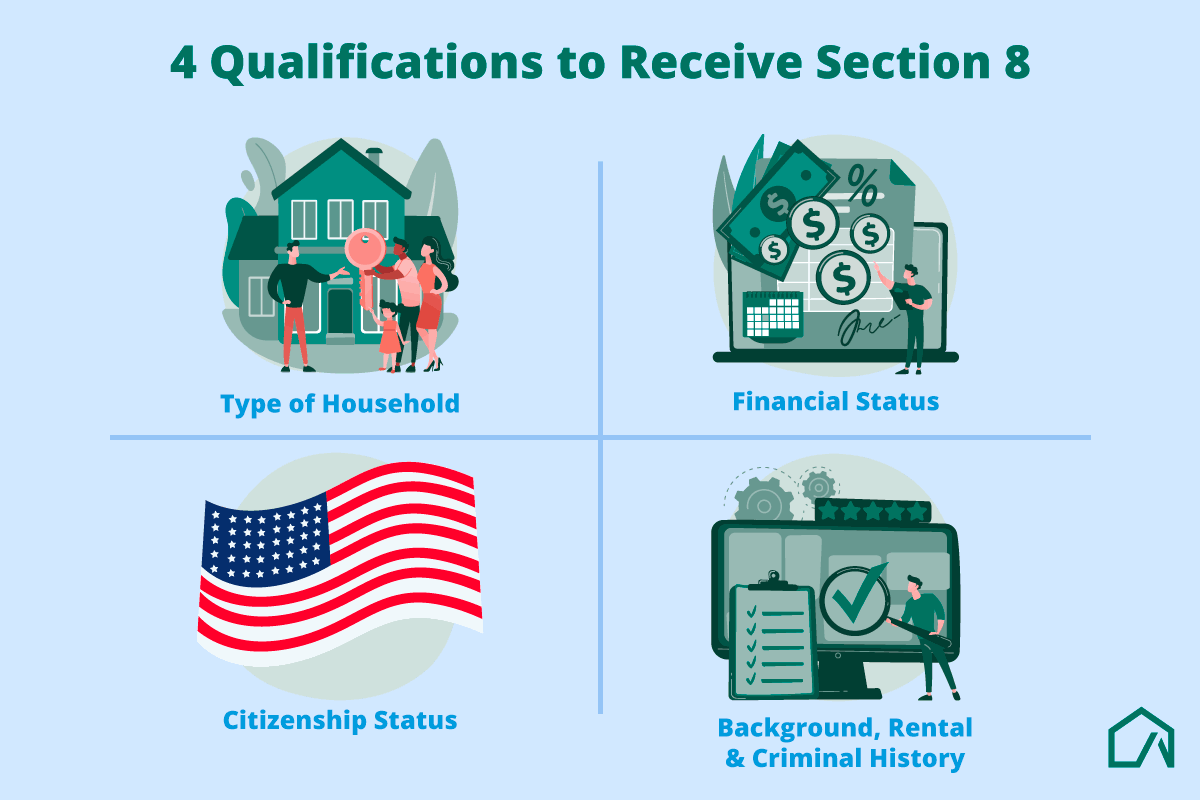Animal cruelty is a disheartening reality that permeates various segments of society. As communities engage in the ongoing discourse surrounding the ethical treatment of animals, many individuals remain oblivious to the legal implications that can cascade from such acts. Among these implications, the potential loss of Section 8 housing emerges as a salient topic. Section 8, a federal housing assistance program, aims to provide low-income families with affordable housing options. However, violations of animal welfare laws can result in serious ramifications for those who participate in this program.
The intersection of animal cruelty and housing policies exposes a critical dimension of societal values. The Section 8 program is not inherently concerned with one’s treatment of animals, yet the actions of tenants can become relevant when they infringe upon community standards or legal statutes. In this context, landlords and property management companies can exercise their discretion by implementing provisions that prioritize the welfare of animals on their properties, thereby reinforcing a communal ethos of responsibility and care.
To comprehend the legal ramifications of animal cruelty in relation to Section 8 housing, it is essential first to delineate what constitutes animal cruelty. Generally, it encompasses actions that inflict suffering or harm upon animals, whether through neglect, abuse, or exploitation. Legal definitions may vary by state, but they often include both active cruelty—such as physical abuse—and passive cruelty, which refers to failure to provide necessary care.
When tenants engage in acts of animal cruelty, the repercussions can extend beyond moral condemnation. Many landlords include specific clauses in their lease agreements that prohibit such conduct. If a tenant is found to be abusive or negligent toward their pets, it can lead to lease violations. These lease agreements are legally binding documents; therefore, violations—even those related to animal welfare—permit landlords to initiate eviction proceedings for tenants utilizing Section 8 vouchers.
Moreover, the implications of animal cruelty are magnified if law enforcement intervenes. In cases where the cruelty is egregious enough to warrant criminal charges, the tenant’s standing under the Section 8 program may be jeopardized. Criminal records can have far-reaching implications, affecting not only housing but also employment and community involvement. The perception of criminality can hinder future housing applications, complicating the already strained search for affordable living options.
Addressing instances of animal cruelty often requires intervention from animal control services or the local humane society. These organizations are tasked not only with the welfare of the animals but also with enforceable reporting protocols. Should they uncover a situation of abuse linked to a tenant in a Section 8 property, they may notify the landlord, prompting actions that could include lease termination or engaging legal counsel to explore eviction options.
The psychological toll of animal cruelty extends beyond the individual animals involved—it reverberates throughout the community. Neighbors may report animal neglect or abuse to authorities, fostering a culture of vigilance. This communal watchfulness underlines a collective moral responsibility toward all sentient beings within the vicinity. Under this lens, tenancy terms that address animal care can be interpreted as reflective of broader societal values that safeguard both human and animal welfare.
While losing Section 8 housing may seem like a stark consequence of animal cruelty, it serves as a reminder of the interconnected nature of living environments. Ethical obligations toward animals are enshrined in legal frameworks that recognize their intrinsic value. Section 8 housing not only addresses the economic stability of families but also underscores the importance of ensuring humane treatment of animals, which serves to reflect the larger social contract we uphold.
Furthermore, it is imperative to understand that individuals facing housing insecurity may struggle with broader systemic issues—poverty, mental health, and access to resources. These challenges can sometimes lead to neglect, albeit unintentionally. To mitigate such unfortunate circumstances, community resources and education programs focusing on humane animal care can be valuable. These initiatives serve to inform and empower tenants about appropriate caregiving for pets, thus potentially decreasing the likelihood of cruelty-related violations.
In conclusion, the relationship between animal cruelty and the potential loss of Section 8 housing highlights a complex interplay of ethical, social, and legal factors. The policies surrounding Section 8 housing demonstrate an evolving recognition of the importance of humane treatment of animals in the fabric of societal norms. By addressing the underlying causes of animal cruelty while holding tenants accountable for their actions, communities can work towards a more compassionate and responsible coexistence. The quest for justice for animals ultimately translates to an enhanced quality of life for all—an ethos that should resonate deeply within every neighborhood.








